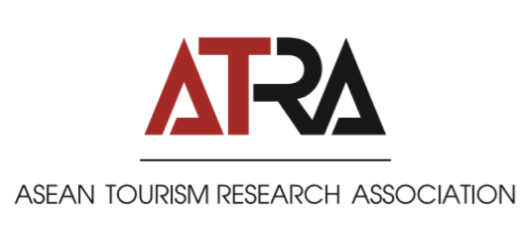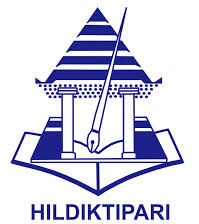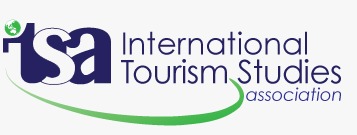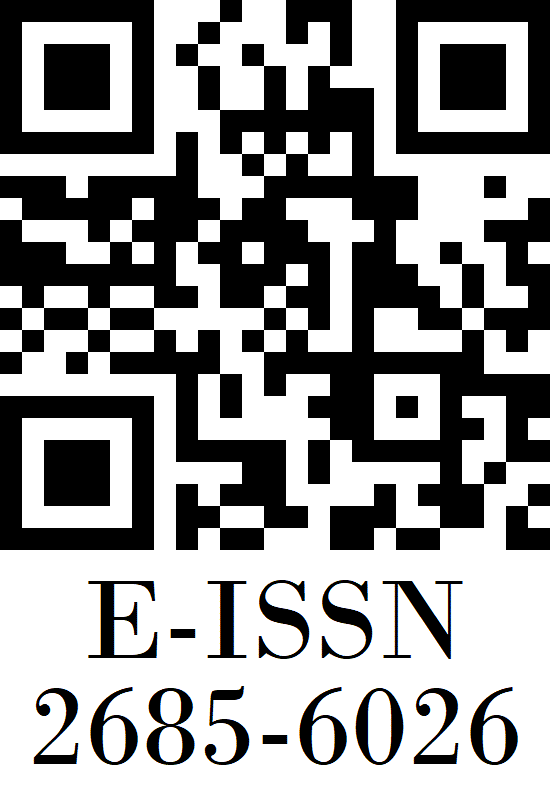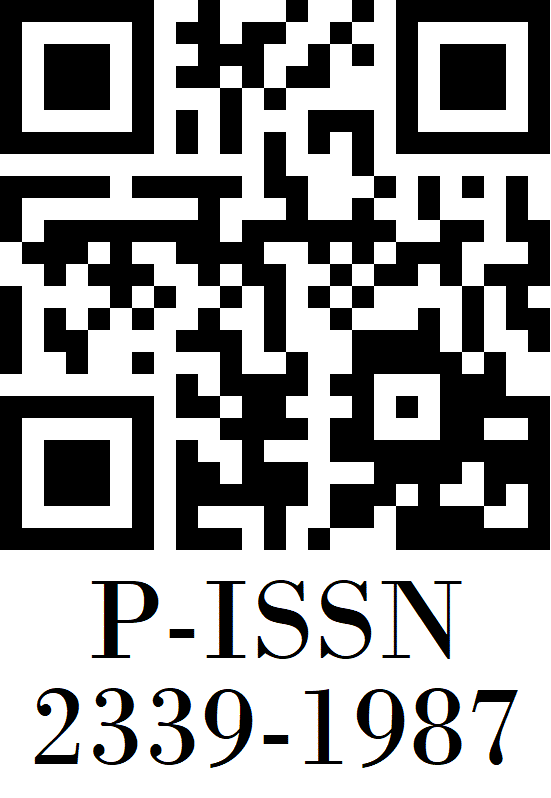Faktor – Faktor yang Mempengaruhi Daya Saing Heritage Tourism di Jawa
Abstract
Indonesia has the potential to further develop as a heritage tourist destination, with many natural and cultural heritage attractions. These heritage tourism advantages could be used as tools to attract tourists and increase the competitive advantage of the destination.
This study sought to understand the relationship between destination competitiveness factors (such as the tourist’s image, service quality, satisfaction) and behavioral intention. Little empirical research has explored these relationships from the heritage tourist’s perspective. A mixed method was used to achieve the study’s objectives and test the conceptual model. Twelve in-depth interviews and 400 questionnaire surveys (international and domestic) were conducted using purposive technique sampling. A structural equation modeling (SEM) technique was applied to identify, evaluate and develop the dimensions and test the relationship between these dimensions simultaneously. The final model showed that service quality has a significant relationship with satisfaction but an insignificant relationship with behavioral intention. In addition, this study provided new insights, determining that destination image and service quality factors influence destination competitiveness via the mediating of tourists’ satisfaction in a heritage tourism context. This shows the importance of destination image and service quality for measuring competitiveness. This present model will be useful as a guide for future research for measuring destination competitiveness in the heritage tourism context. Understanding destination competitiveness factors will help marketers predict future travel behavior and develop effective strategies in order to compete with other destinations.
References
Al-Masroori, R. S. 2006b. Destination Competitiveness: Interrelationships between destination planning and development strategies and stakeholders’ support in enhancing Oman’s tourism industry. Unpublished doctoral dissertation). Griffith University, Australia.
Baloglu, S. & Mcclearly, K. W. 1999. A model of destination image formation. Annals of Tourism Research, 26, 868-897.
Badan Pusat Statistik 2012. Indonesia Tourism Prospect. Jakarta,Indonesia.
Badan Pusat Statistik. 2013a. The development of tourism and national transportations in Indonesia [Online]. Jakarta, Indonesia: BPS.
Cai, L. A. 2002. Cooperative branding for rural destinations. Annals of Tourism Research, 29, 720-742.
Chen, C. M., Chen, S. H. & Lee, H. T. 2011b.
The destination competitiveness of Kinmen's tourism industry: exploring the interrelationships between tourist perceptions, service performance, customer satisfaction and sustainable tourism. Journal of Sustainable Tourism, 19, 247-264.
Chi, C. G. Q. & Qu, H. 2008. Examining the structural relationships of destination image, tourist satisfaction and destination loyalty: An integrated approach. Tourism Management, 29, 624-636. Cracolici, M. F., Nijkamp, P. & Rietveld, P. 2008. Assessment of tourism competitiveness by analysing destination efficiency. Tourism
Economics, 14, 325-342.
Crouch, G. I. & Ritchie, J. R. B. 1999. Tourism, Competitiveness and Societal prosperity. Journal of Business Research, 44, 137-152.
Dwyer, L. & Kim, C. 2003. Destination competitiveness: determinants and indicators. Current issues in tourism, 6, 369-414.
Gartner, W. C. 1986. Temporal influences on image change. Annals of Tourism Research, 13, 635-644.
Gartner, W. C. 1994. Image formation process. Journal of Travel & Tourism Marketing, 2, 191-216. Gomezelj, D. O. & Mihalic, T. 2008. Destination competitiveness--Applying different models,
the case of Slovenia. Tourism Management,
, 294-307.
Hudson, S., Ritchie, B. & Timur, S. 2004a. Measuring destination competitiveness: An empirical study of Canadian ski resorts. Tourism and Hospitality Planning & Development, 1, 79-94.
Kang, S. K. & Hsu, C. H. 2005. Dyadic consensus on family vacation destination selection. Tourism Management, 26, 571-582.
Konecnik, M. & Gartner, W. C. 2007. Customer-based brand equity for a destination. Annals of Tourism Research, 34, 400-421.
Kozak, M., Baloglu, S. & Bahar, O. 2010b. Measuring Destination Competitiveness: Multiple Destinations Versus Multiple Nationalities.




